Lighting
Why It Matters
The EIA estimates that lighting accounts for approximately 14% of residential electricity costs/consumption – 192 billion kWh of electricity in 2012, which is responsible for over 145 million tons of CO2 emissions (that’s the equivalent of 27.8 million cars).
Top 5 Tips for Energy-Efficient Lighting
Replace your bulbs. Replace the lightbulbs in the five most frequently used fixtures in your home with an Energy Star-rated bulb (CFL or LED – you could save $75 per year. BONUS, 90% of the energy used by incandescent bulbs is wasted as heat – not light – so switching to more energy efficient bulbs will save you money on cooling costs!
Turn off lights when you leave the room/house. Turning off just one 60-watt bulb that would otherwise be burning for 8 hours during the day can save $15 per year.
Use natural light when possible. Taking advantage of sunlight by opening blinds/curtains is a great way to reduce your lighting demand because it allows you to turn on fewer lights. (Just be mindful of the impact on your HVAC costs – on super hot days, you will likely save money by keeping blinds closed and using indoor lighting instead of natural light.)
Use lamps instead of overhead lights where possible. Doing so gives you light where you need it without unnecessarily lighting (and subsequently needing to cool) the whole room.
Keep light fixtures clean. Dust can reduce light output by as much as 30%, meaning you need more lights on to generate the amount of light you want.
Digging Deeper
See EPA guidelines on how to clean up a broken CFL bulb.
Read EPA's guidance on recycling a CFL bulb that has burned out.
See a comparison of various lighting options.
See how energy efficient lighting can save you money with a Holiday Lighting energy calculator from Duke Energy.


